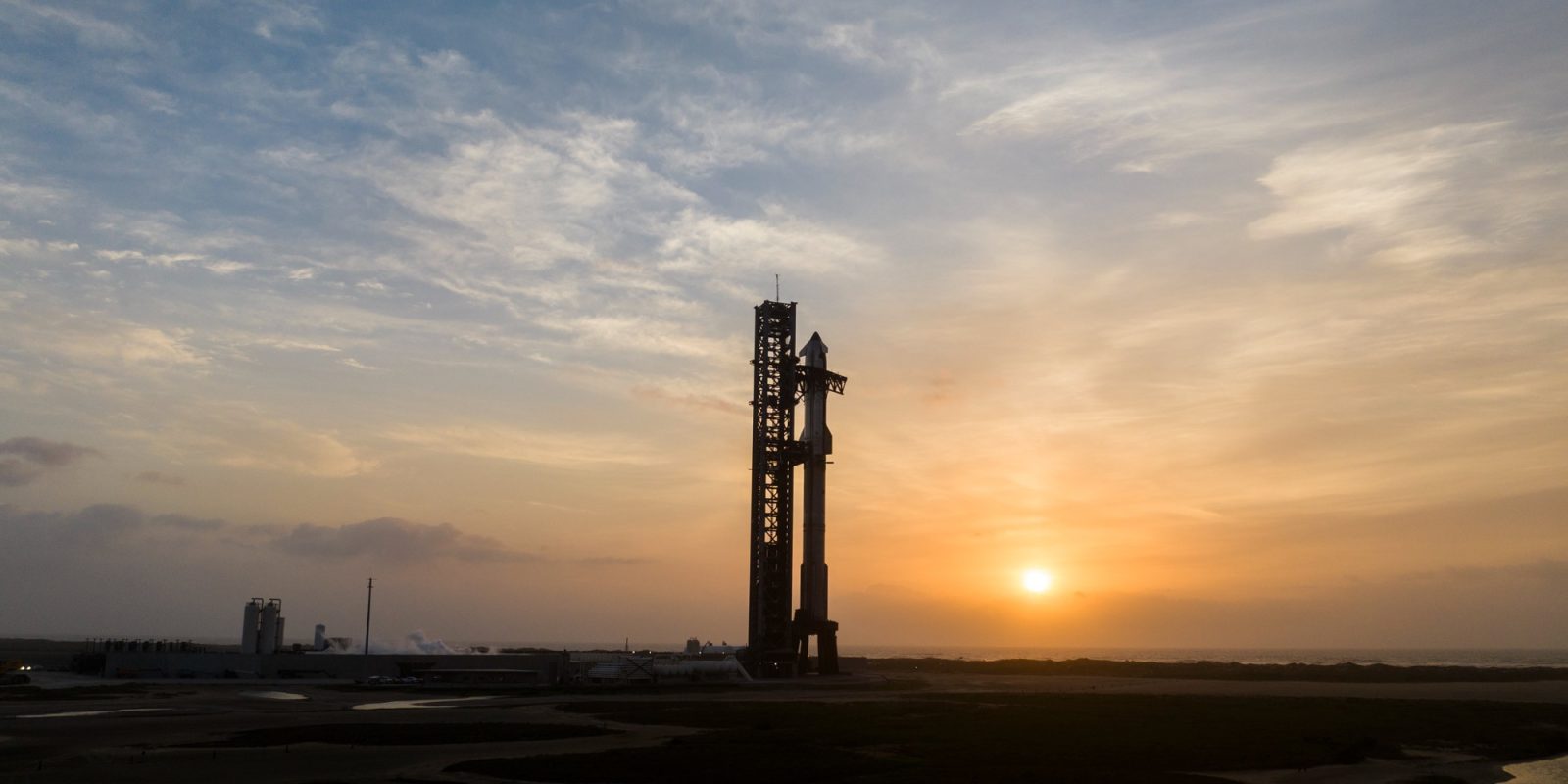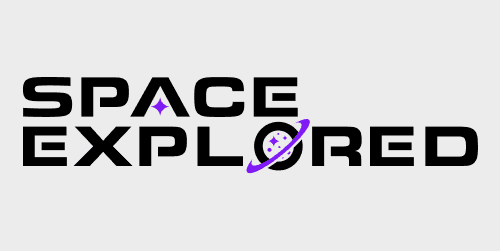
SpaceX has been working towards finishing up its second launch pad for its Starship rocket down in Texas. With all things SpaceX does, the second version of anything sees a large swath of improvements and changes; Starbase Pad B is no different. Here is a list of some of the biggest changes SpaceX is making to it.
Finally a flame trench
In what was one of the most called-out items during the construction of Pad A, Pad B will see the community’s wish for a flame trench.
During the early days of Starbase’s construction, the theory for Pad A’s construction was that Starship wouldn’t have a launch pad on Mars, so it couldn’t have too nice of a pad on Earth. Pad A was just a simple stand that allowed some space for the Starship’s Raptor engines to fire beneath it.
That simple design of just a flat concrete pad beneath the launch mount came to an end after Starship’s first fully integrated launch. The after-launch effect on the ground left a massive crater, with large chunks of concrete being flung into the protected dunes and the Gulf of Mexico. Afterwards, SpaceX added a water-cooled steel plate beneath the pad for some added protection.
Pad B will feature a dedicated flame trench and diverter, similar to what has traditionally been seen at most launch pads. The work to excavate the ground needed for the trench has constituted the bulk of the work to build Pad B so far, given Starbase‘s difficult terrain.
Redesigned launch mount
Sitting on top of that flame trench is the newly designed launch mount. Much more built up than Pad A’s, Pad B’s launch mount is square and took nearly a year to assemble. This is where Starship’s booster will be placed prior to launch, and it is designed to be a steady base to support rapid launches for the fully reusable rocket.
The mount features a water-cooled deck and is much more robust than the previous version, hopefully meaning it will stand up longer to Starship’s beating and mean less downtime between launches.
Shorter catch arms
One of the most notable changes, besides the flame trench, is the shortening of Pad B’s catch arms. Also known as “Chopsticks,” the arms are what “catch” the Starship booster and eventually the Starship upper stage. For Pad B, these arms are noticeably shorter than on Pad A, and it’s not a mistake.
If you’ve noticed on previous successful booster catches, the booster is normally caught towards the middle of the arms. SpaceX has been pretty accurate with its catches, not missing a single one. So it seems like the company is confident it can shorten the arms without fearing not having enough room for catches.
The shorter arms also make moving them easier. The lighter weight and shorter length mean that SpaceX can move them quicker and with the same or less energy to do so. So an overall win-win.
Overall infrastructure improvements
If you have been following SpaceX for a long time, you’ll know they have a pretty simple process for new projects: build something that works, find the weaknesses, improve on it where they can, and then finally create a final process that fixes everything. While SpaceX has made plenty of changes to Pad A to improve its design, Pad B is a completely new design that will make SpaceX’s dream of a rapidly reusable rocket much closer to reality.
From new pumps to underground insulated pipes, Pad B is built to be the long-term home of Starship for years, if not decades, to come.
Changes coming to Pad A? Florida?
With all these improvements being seen coming to Pad B, does this mean Pad A will become obsolete once it’s finished? Likely so. Once Pad B is finished, it is very likely that all launch operations are moved to Pad B with the fate of Pad A being unknown. Pad A could be partially torn down and work could begin on it to match Pad B’s design; Pad A could also go on for some time as a test stand for Starship boosters.
What is even more likely, or even confirmed, is the design of Starbase Pad B coming to Florida’s LC-39A Starship launch site. SpaceX has already begun work on digging out a flame trench at the historic launch site, and aerial images show that work on a similar square launch mount is underway.
If SpaceX is as predictable as they can sometimes be with projects like this, the company will likely find any improvements they missed on Starbase Pad B and add them to the Pad A and LC-39A designs.
FTC: We use income earning auto affiliate links. More.




Comments